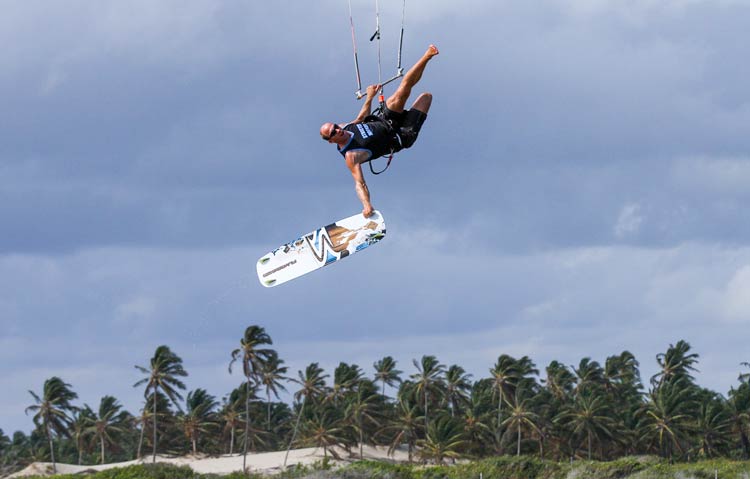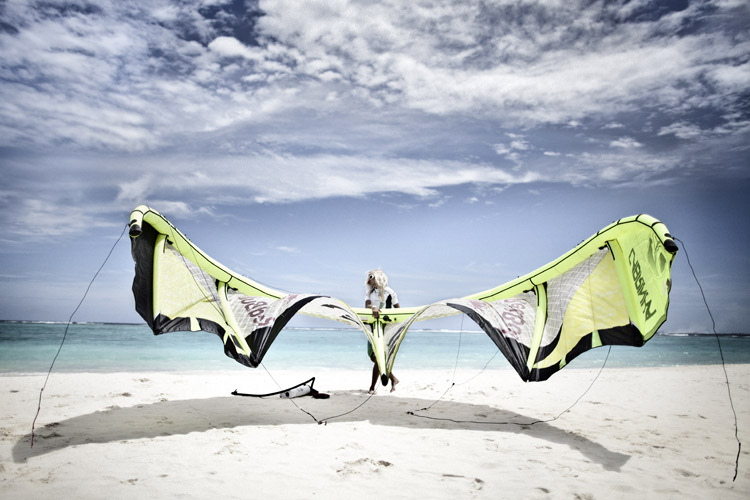Is Kitesurfing bad for Knees? Learn the Truth!
Kitesurfing can put strain on the knees, potentially causing injuries and long-term damage.

Credit: foilshop.co.uk
Is Kitesurfing bad for the Knees?
Kitesurfing is an exhilarating water sport that combines elements of surfing, windsurfing, and wakeboarding. While it offers incredible thrills and excitement, concerns about its impact on knee health have been raised. In this blog post, we will explore whether kitesurfing is indeed bad for knees and uncover the truth behind this popular question.
Understanding the Knee Mechanics: To assess the potential impact of kitesurfing on knees, it’s important to understand the mechanics of the knee joint. The knee is a complex joint that is vulnerable to injury due to its structure and the forces it experiences during physical activities. The knee joint consists of ligaments, tendons, cartilage, and bones, all working together to provide stability and mobility.
Kitesurfing and Knee Stress: Kitesurfing involves various movements that can put stress on the knees. These include jumps, landings, twists, and directional changes. The intensity and frequency of these movements can vary depending on factors such as wind conditions, riding style, and skill level. The repetitive impact and strain on the knees during kitesurfing have raised concerns about potential knee injuries.
Mitigating Factors: While there is a potential for knee stress during kitesurfing, several factors can help mitigate the risk and promote knee health:
- Proper Technique and Body Positioning: Learning and practicing proper kitesurfing techniques, including maintaining a good body position and using the correct muscle engagement, can help distribute forces evenly and reduce strain on the knees.
- Conditioning and Strengthening: Regular strength and conditioning exercises, particularly focusing on the muscles surrounding the knee joint, can help improve stability and protect the knees from excessive stress.
- Equipment and Gear: Using well-fitted equipment, such as properly adjusted bindings and supportive footwear, can provide stability and reduce the risk of knee injuries.
- Warm-up and Stretching: Prior to kitesurfing, warming up the body and performing dynamic stretches can increase blood flow, loosen muscles, and enhance joint flexibility, reducing the risk of knee injuries.
- Progressive Skill Development: Gradually progressing in skill level and avoiding pushing beyond one’s limits can help minimize the risk of sudden or excessive knee strain.
Frequently Asked Questions
Is Kitesurfing Bad For Knees?
Kitesurfing can be hard on the knees, especially if proper technique and precautions are not followed. The repetitive stress and impact from jumping and landing can cause strain on the knee joints. It is important to warm up, use proper gear, and maintain good form to minimize the risk of knee injuries.
Are Knee Injuries Common In Kitesurfing?
Knee injuries are not uncommon in kitesurfing, as the sport involves dynamic movements and high-impact landings. Twists, sprains, and strains can occur due to falls or crashes. However, with proper training, technique, and protective gear, the risk of knee injuries can be significantly reduced.
How Can I Prevent Knee Injuries While Kitesurfing?
To prevent knee injuries while kitesurfing, it is crucial to strengthen the muscles around the knee joint through targeted exercises and cross-training. Wearing a supportive knee brace can also provide extra stability and reduce the risk of injury. Practicing good form, using appropriate gear, and gradually increasing skill levels can further help minimize the chance of knee injuries.
What Are Some Common Knee Injuries In Kitesurfing?
Common knee injuries in kitesurfing include ligament sprains (such as acl or mcl), meniscus tears, and patellar tendonitis. These can be caused by sudden stops, twists, or impacts during jumps, landings, or crashes. Proper warm-up, stretching, maintaining good form, and avoiding overexertion can help prevent these injuries.
Can I Still Kitesurf If I Have A Knee Injury?
If you have a knee injury, it is advisable to seek medical advice before continuing kitesurfing. In some cases, mild injuries may require rest, rehabilitation, and modified activities to promote healing. Severe injuries may require longer recovery periods or even surgical intervention.
It is important to prioritize your health and follow professional guidance during the healing process.
Conclusion
To sum up, kitesurfing is a thrilling water sport that can put a strain on the knees, but with proper precautions and training, the risks can be minimized. By using the right equipment, maintaining good form, and listening to your body, you can enjoy this exhilarating activity without causing significant damage to your knees.
Engaging in regular exercise, like strengthening the muscles surrounding the knees, can also help provide additional support and reduce the chances of injury. It’s important to note that everyone’s body is different, and some individuals may be more prone to knee issues than others.
Therefore, it’s crucial to consult with a healthcare professional before engaging in any sports or activities, especially if you have pre-existing knee conditions. Overall, while kitesurfing may pose some risks, many enthusiasts continue to enjoy this exciting sport while keeping their knees safe.






